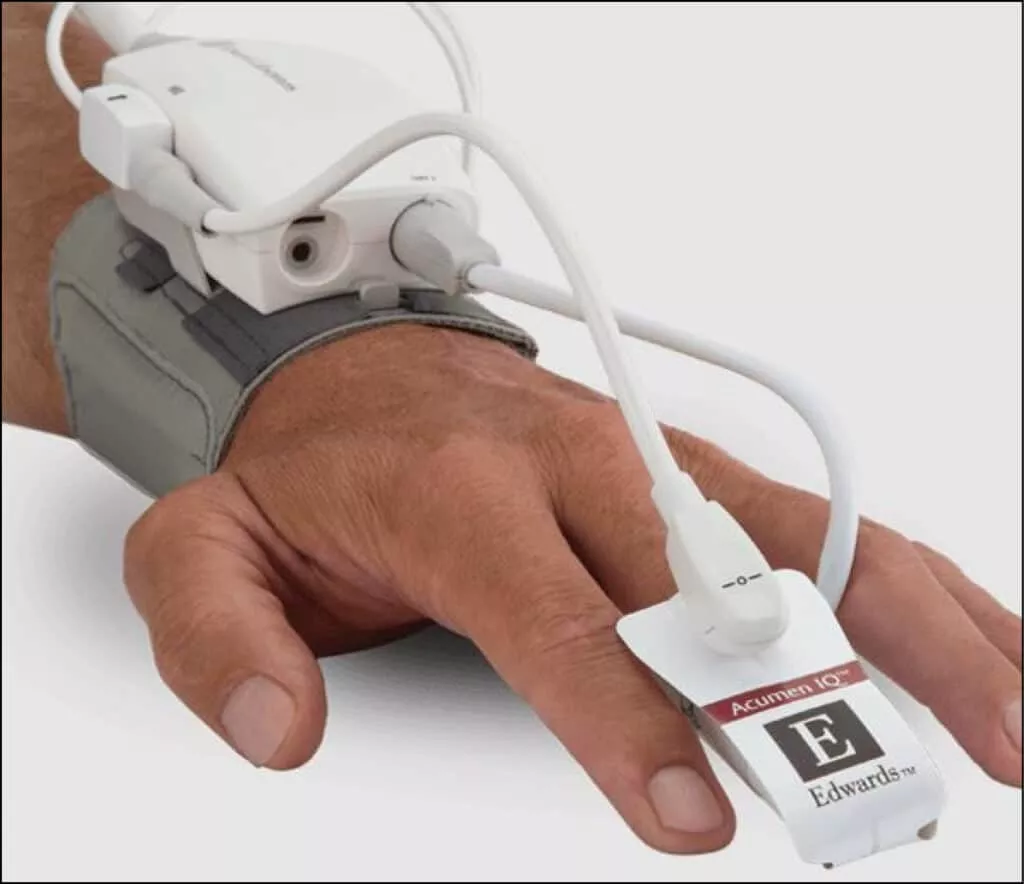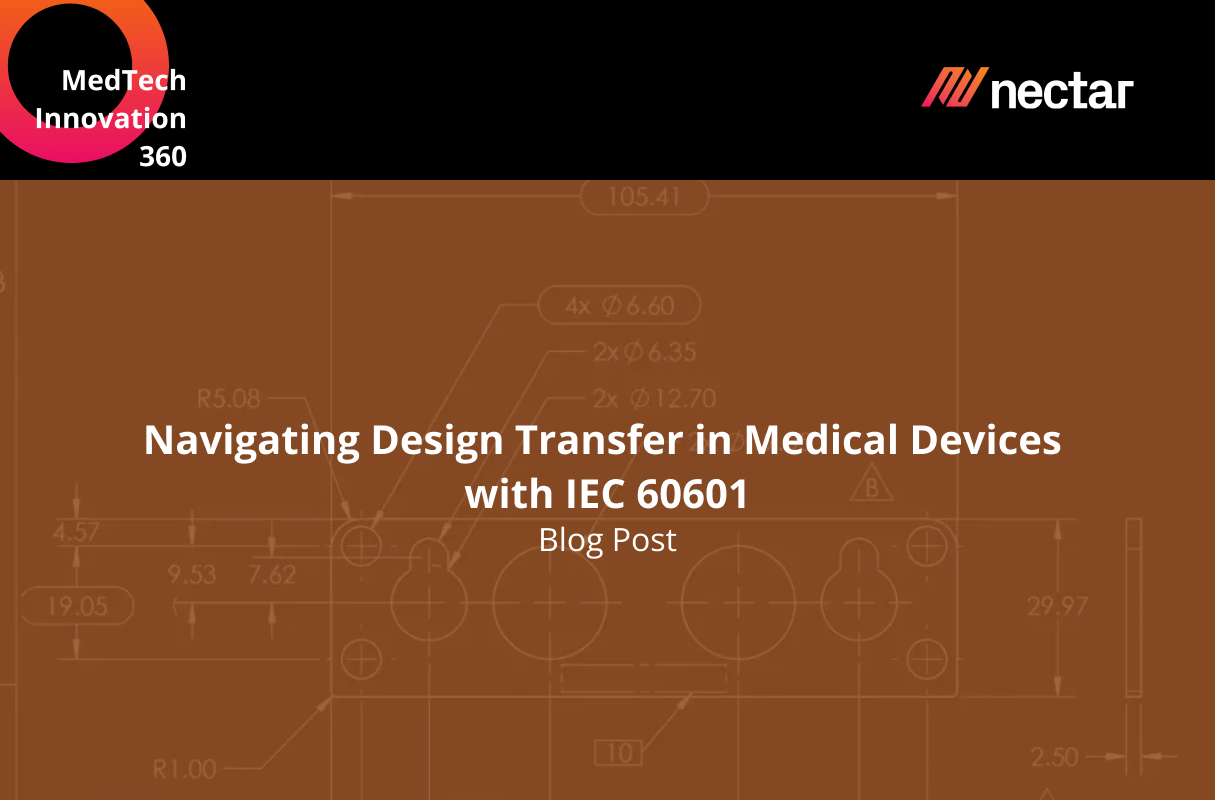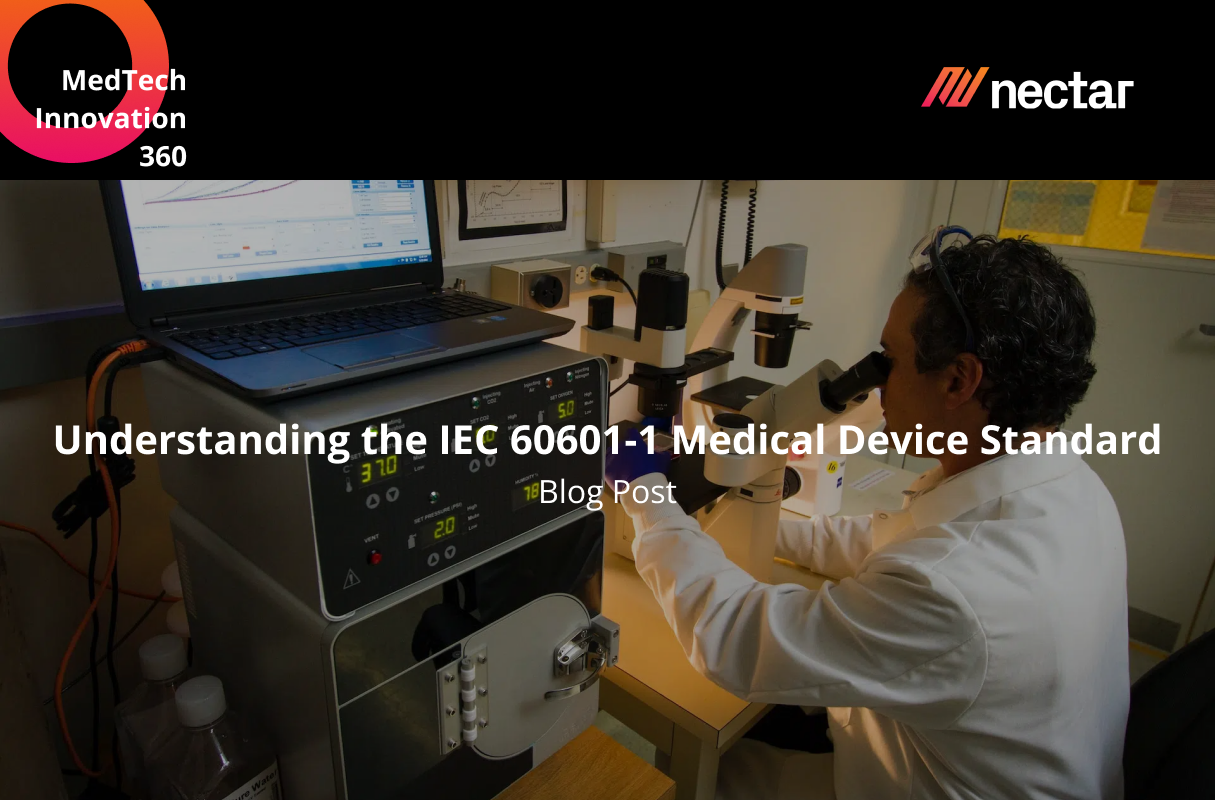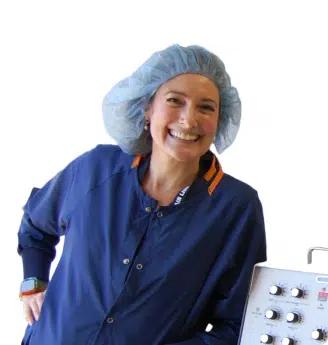Transforming Healthcare: The Revolutionary Impact of Lab on a Chip (LOC) Technology
The realm of medical technology innovation is witnessing a revolutionary shift with the advent of Lab on a Chip (LOC) technology. This healthcare medical technology innovation is reshaping the landscape of medical device design, bringing forth new possibilities in personalized medicine, point of care diagnostics, and beyond. In this extensive exploration, we delve into the nuances of LOC technology and its profound impact on healthcare.
Understanding LOC: The Foundation of Miniaturized Laboratories
Lab-on-a-chip (LOC) technology, a marvel in the field of microfluidics, stands as the cornerstone of medical device technology in miniaturized laboratories. This technology converges multiple laboratory functions onto a single chip, revolutionizing traditional laboratory processes by reducing their scale to a micro-level. This miniaturization is not merely a reduction in size; it represents a fundamental shift in how laboratory analyses are conducted, making them more efficient, cost-effective, and accessible.
The essence of LOC lies in its ability to perform complex chemical and biological analyses within a compact, integrated setup. By leveraging the principles of microfluidics, LOC devices manipulate tiny volumes of fluids through precisely engineered microchannels. This ability to control minute quantities of samples and reagents with high precision leads to faster, more accurate results while minimizing waste and reagent consumption, a testament to the advancements in biomedical engineering.
The innovation in LOC technology also extends to the medical materials used for constructing microfluidic channels. These materials are selected based on their chemical inertness, optical transparency, and mechanical strength. Advances in materials science have led to the development of new polymers and glass, which are tailor-made for LOC applications. These materials ensure compatibility with a wide range of chemical and biological substances, enabling diverse applications from DNA sequencing to environmental monitoring.
Moreover, LOC technology incorporates advanced fabrication techniques, which allow for the integration of various functionalities such as separation, detection, and analysis within a single chip. This integration is key to the versatility of LOC devices, enabling them to handle multiple tasks that traditionally required bulky and expensive laboratory equipment, marking a significant stride in innovative medical technology.
The Role of Microfluidics in LOC Development
Microfluidics is at the heart of LOC technology, a field that’s become integral to biotechnology. It involves manipulating small amounts of fluids through microchannels, enabling a wide range of biochemical analyses and reactions on a miniature scale. This precise control of sample and reagent flow is crucial for the effective functioning of LOC devices.
Materials and Design Aspects of Microfluidic Channels
The choice of materials for microfluidic channels is pivotal in LOC design, ensuring biocompatibility with a wide range of chemical substances and biological samples. Simultaneously, design aspects like miniaturization, integration, and interfaces play a crucial role in the effectiveness of LOC devices.
LOC in Point of Care and Personalized Medicine
Lab on a Chip (LOC) technology is significantly reshaping the landscape of point-of-care diagnostics and personalized medicine. In emergency situations or remote areas, the immediacy of LOC devices in analyzing blood samples for markers of infection or disease is crucial. The application of LOC devices in these areas aligns closely with the innovative approaches in medical product development, emphasizing the need for precision, customization, and rapid diagnostics at the patient’s side. This efficiency is integral to the advancement of personalized medicine and point-of-care diagnostics.formative and summative testing process, ensuring the reliability and accuracy of these devices in critical scenarios.
In point-of-care settings, LOC devices empower healthcare professionals by providing immediate access to a range of diagnostic tests. This immediacy is crucial in emergency situations or in remote areas where traditional laboratory facilities are inaccessible. For instance, LOC devices can quickly analyze blood samples for markers of infection or disease, enabling timely medical decisions that could be life-saving. These healthcare solutions are transforming the way care is delivered, making diagnostics more accessible than ever.
In the realm of personalized medicine, LOC technology is a game-changer. It enables the analysis of individual patient samples in real-time, facilitating treatments tailored to the patient’s specific genetic makeup or disease profile. This approach contrasts with the ‘one-size-fits-all’ methodology of conventional medicine, offering a more targeted and effective treatment strategy. For example, LOC devices can be used for rapid genetic testing to determine the most effective drug for a particular patient, thereby optimizing therapy and reducing the risk of adverse drug reactions, epitomizing the essence of personalized medicine.
Moreover, LOC technology enhances the quality management of medical diagnostics. The precision and reliability of LOC devices ensure high-quality results, which are paramount in clinical decision-making. The integration of LOC in healthcare systems also supports the ongoing shift towards preventive medicine, where early detection and management of diseases can lead to better health outcomes and reduced healthcare costs. This is a testament to the growing importance of healthcare technology in modern medicine.
The materials used in LOC devices, particularly in the microfluidic channels, play a vital role in their functionality. These materials must be biocompatible, inert, and durable to ensure accurate and reliable results. Advances in materials science have led to the development of novel biomaterials suited for these applications, further enhancing the efficacy of LOC technology.
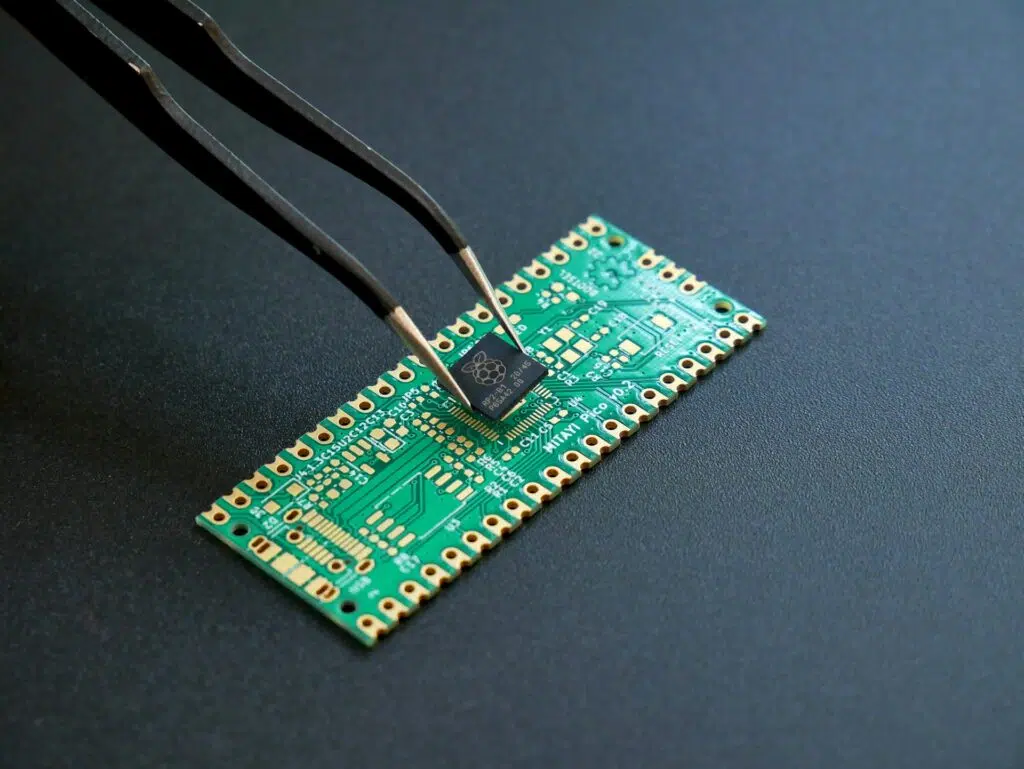
Revolutionizing Diagnostic Approaches with LOC
The integration of LOC in diagnostic processes means diseases can be detected and treated earlier. Techniques like DNA/RNA-based technologies, flow cytometry, and lateral flow tests are now more accessible, providing crucial health information directly at the point of care. These advancements are a cornerstone of medical device products, revolutionizing diagnostics and patient care.
Enhancing Healthcare with Miniaturized Diagnostic Devices
The advent of miniaturized diagnostic devices, fueled by LOC technology, is bringing sophisticated laboratory analyses to the patient’s bedside. This transition aligns with the broader trends in healthcare towards decentralized and patient-centric models, a key focus of our work in medical devices, and underscores the growing demand for innovative diagnostic solutions.scientific software and instrument development.
Miniaturized diagnostic devices, a cornerstone of medical device solutions, bring the power of sophisticated laboratory analyses directly to the patient’s bedside, the doctor’s office, or even the patient’s home. This unprecedented level of accessibility is revolutionizing the history of medical diagnostics. For patients, this means receiving faster diagnoses and starting treatments sooner, which can be critical in acute medical situations or chronic disease management. For healthcare providers, it translates into increased efficiency, enabling them to make more informed decisions quickly.
One of the most profound impacts of these innovative medical devices is in the realm of personalized medicine. LOC technology allows for the precise control of sample handling and processing, facilitating the analysis of small sample volumes with high accuracy. This precision is essential for tailoring treatments to individual patients, especially in fields like oncology, where a personalized approach can significantly improve treatment outcomes.
The integration of microfluidic unit operations such as pumping, valving, and precise reagent flow and delivery in these devices is a key factor in their functionality and device manufacturing. It allows for the automation of complex laboratory procedures, ensuring not only speed but also consistency and reliability in test results. This automation is particularly beneficial in settings where access to skilled laboratory technicians may be limited.
Moreover, the miniaturization of diagnostic devices aligns with the broader trends in healthcare medical technology towards more decentralized and patient-centric models. By enabling diagnostics at the point of care, these devices reduce the need for patients to visit central laboratory facilities, thereby saving time and reducing healthcare system burdens.
In addition, the materials used in constructing these miniaturized devices are critical to their performance. Advances in material science have led to the development of medical technology products that are more durable, biocompatible, and chemically inert, ensuring that these devices can withstand the rigors of clinical use while providing accurate and reliable results.
LOC Technologies: Pioneering Advanced Medical Device Design
LOC technologies are not just limited to diagnostics; they are pioneering advanced medical device innovation. Through the integration of technologies like electrokinetics, electrowetting, and segmented flow microfluidics, LOC devices are becoming more versatile and powerful.
Multiplexing and Integration: The Future of LOC
The future of LOC lies in its ability to perform multiplexing – conducting multiple analyses simultaneously. This capability, combined with the integration of various microfluidic unit operations like pumping, valving, and reagent storage, is setting new standards in medical technology solutions.
Exploring New Horizons with Digital Microfluidics
Digital microfluidics, a cutting-edge aspect of LOC technology, is carving out new frontiers in medical device design. This innovative approach involves the precise manipulation of discrete droplets on a chip, offering unparalleled control and flexibility in digital microfluidics applications for biochemical processes.
LOC’s Impact on Health Care and Personalized Medicine
The profound impact of LOC technology on healthcare, making it more personalized and accessible, mirrors the mission of Nectar Product Development. We aim to drive innovation in healthcare and provide innovative medical device solutions by harnessing the capabilities of LOC technologies.
The Role of Nanotechnology in LOC Applications
Nanotechnology plays a pivotal role in the advancement of LOC applications. By integrating nanotechnology into LOC devices, their sensitivity and specificity are significantly enhanced, making them more effective in detecting and analyzing biological samples.
Near-Future Applications of LOC Technology
The near-future applications of LOC technology in medical technology research are diverse and hold great promise. From cell-on-a-chip to organ-on-a-chip models, LOC is poised to offer more accurate and efficient methods for drug testing, disease modeling, and biomedical research.
LOC as a Catalyst for Change in Medical Device Design
Lab on a Chip technology is more than a technological advancement; it’s a catalyst for change in medical device commercialization. As we look towards the future, LOC technology is set to revolutionize the way we approach healthcare, making it more efficient, personalized, and accessible. The integration of LOC in medical devices represents not just a trend but a fundamental shift towards a more integrated and patient-focused healthcare system.
For further insights into the world of medical device design and development, explore Nectar Product Development’s expertise. Our multidisciplinary team of experts is dedicated to creating innovative, award-winning products that push the boundaries of technology and design. Contact us to learn more about how we can help bring your medical device concepts to life, or tune into Nectar’s Podcast “The Product Development Book” for more industry insights.

